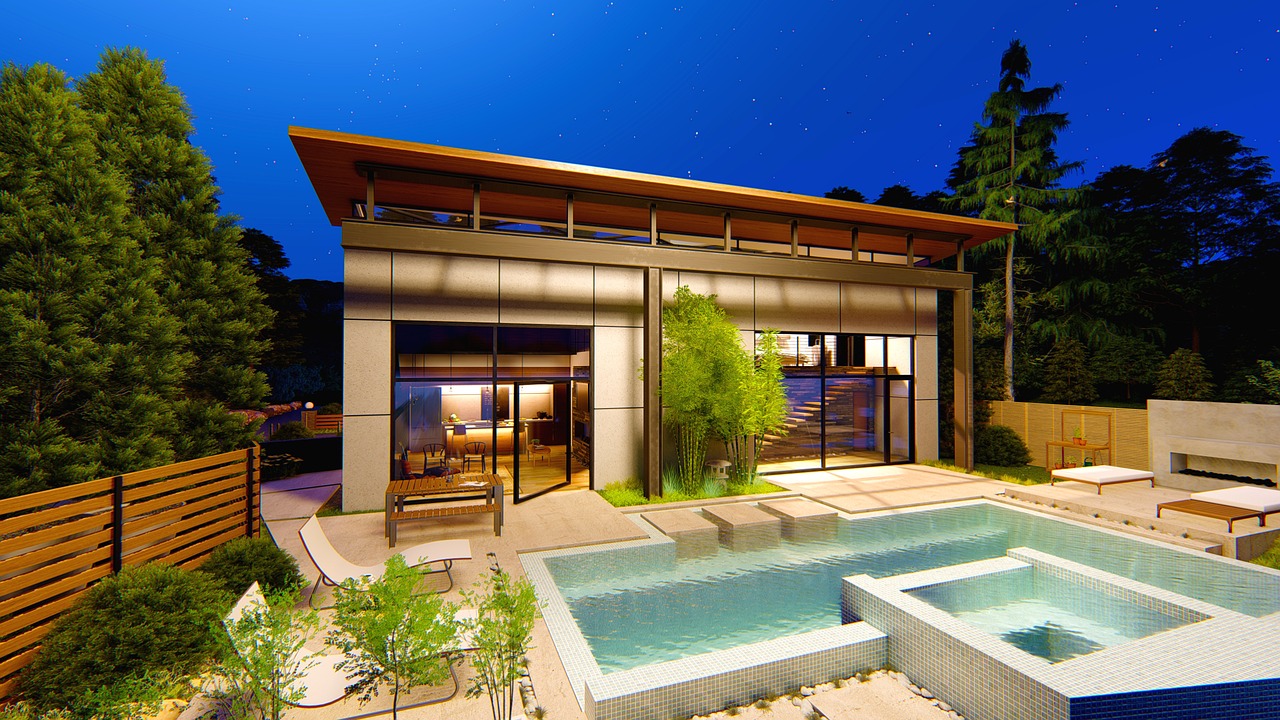Upgrading Your Home's Exterior: The Dos and Don'ts
Revamping your home's exterior can enhance curb appeal and boost property value, but it requires careful planning and execution. Before you pick up a paintbrush or start demolition, it's crucial to know the dos and don'ts. In this guide, you'll discover essential tips and common pitfalls to avoid, ensuring your exterior upgrade is successful and stress-free.

Focus on Curb Appeal
Curb appeal is vital because it creates the first impression of your home, influencing potential buyers and guests alike. A well-maintained exterior suggests that the interior is equally cared for, which can increase your property value and attract buyers more quickly. Prioritizing curb appeal means focusing on elements that are immediately visible, such as the front door, landscaping, and exterior paint.
Start by ensuring your lawn is trimmed and gardens are weeded. Next, consider a fresh coat of paint for the front door or even replace it for a more modern look. You can explore some modern window trim ideas that fit your home's style and add character. Finally, adding decorative elements like outdoor lighting or potted plants can also enhance appeal. By investing in these key areas, you set a positive tone for the entirety of the home.
Upgrade Siding and Roofing
Siding and roofing are critical aspects of your home's exterior that significantly impact both aesthetics and functionality. High-quality siding not only enhances the overall look but also provides insulation, helping to regulate indoor temperatures and reduce energy costs. Similarly, a sturdy, well-maintained roof protects your home from the elements, preventing water damage and extending the lifespan of your property.
When upgrading, prioritize repairing any damages first to avoid future costly repairs. Choose materials that complement your home's architectural style and local climate conditions. For instance, durable options like fiber cement siding and asphalt shingles can offer longevity and resilience. By focusing on these key components, you ensure your home remains visually appealing and structurally sound.
Maintain Consistency
Consistency creates a cohesive and visually appealing look. A mismatched exterior can detract from your home's aesthetic and affect the property's value. To achieve consistency, start by selecting a unifying color scheme and material palette that complements your home's architectural style. Stick to these choices throughout the various elements like siding, trim, and roofing.
Coherent design schemes offer a polished, professional appearance and can make smaller homes look more prominent and more inviting. Prioritize consistency by planning your upgrades in phases, ensuring each stage aligns with the overall design vision. This approach helps maintain harmony and continuity, creating a seamless, well-rounded exterior that stands out for all the right reasons.
Don't Neglect Maintenance
Proper upkeep is key to preserving the condition and appearance of your home's exterior. Neglecting maintenance can lead to costly repairs and diminish your property's value. Here's a checklist you should follow:
- Roof inspection
- Siding checks
- Windows and doors
- Foundation inspection
- Cleaning gutters
- Exterior paint
- Decks and patios
- Fencing
- Lawn and garden
- HVAC system checks
- Pest checks
- Winterizing
- Clean chimney
- Snow and ice removal
- Inspect for drafts
Untouched minor cracks can expand, paint can chip or fade, and gutters can clog, causing water damage. This neglect diminishes curb appeal and leads to costly repairs, nullifying your initial investment. So, make sure to follow a regular schedule and promptly address any issues.
Don't Overpersonalize
Overpersonalizing home exterior upgrades can detract from your property's marketability and value. Highly individualistic designs, unconventional color schemes, or overly unique features may not appeal to a broad audience, making it difficult to sell your home in the future.
To avoid this, aim for timeless, classic designs that enhance universal appeal. Neutral colors and traditional architectural elements are safer choices that can accommodate various tastes. When personalizing any aspect of the exterior, consider making changes that are easily reversible, such as decorative accessories or landscaping. This approach allows potential buyers to envision adding their personal touch, making your home more attractive to a wider range of buyers.
Don't Ignore Functionality
Functionality ensures that aesthetic improvements also offer practical benefits. A well-designed exterior can significantly impact your daily living experience, providing comfort, safety, and efficiency. For instance, well-designed pathways and driveways enhance accessibility, while properly installed lighting increases security and usability at night.
To prioritize functionality, focus first on essential repairs and upgrades that affect your home's performance, such as fixing leaks, ensuring proper drainage, and upgrading insulation. Additionally, consider elements that enhance everyday convenience, like adding storage solutions, building a weather-resistant deck, or incorporating energy-efficient features. By balancing aesthetics with function, you can create an exterior that is both beautiful and highly practical.

Incorporating these dos and avoiding the don'ts ensures that your exterior home upgrades are both visually stunning and functionally sound. By focusing on key elements like curb appeal, siding, roofing, and maintenance, you enhance your property's value and appeal. Remember to keep future marketability in mind, balancing personal touches with universal appeal for a lasting impression.